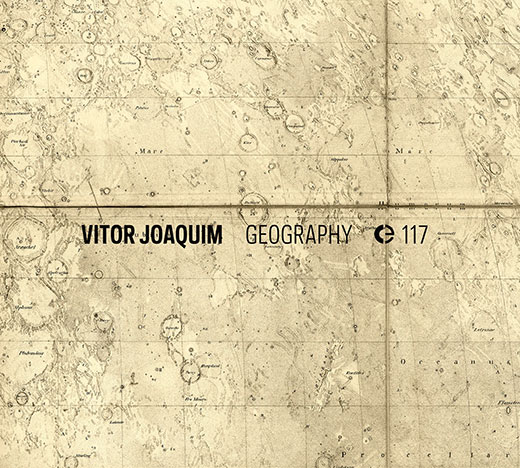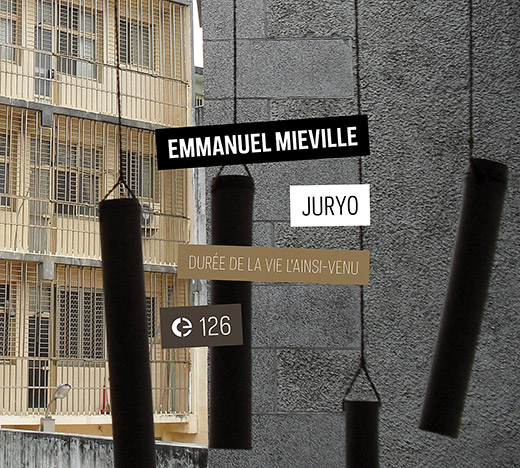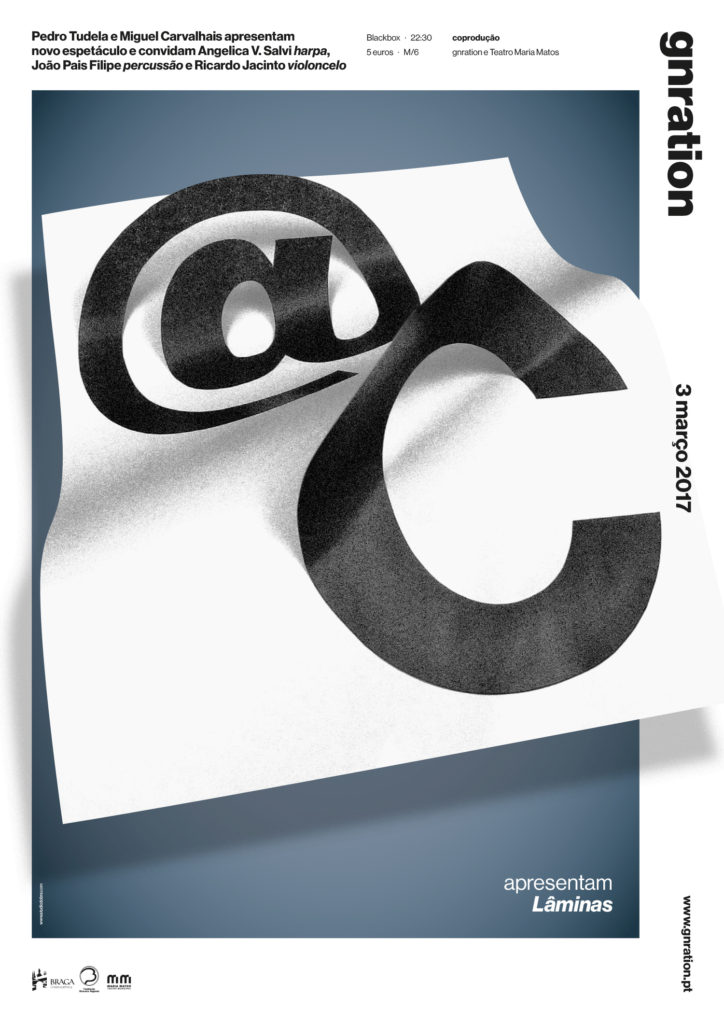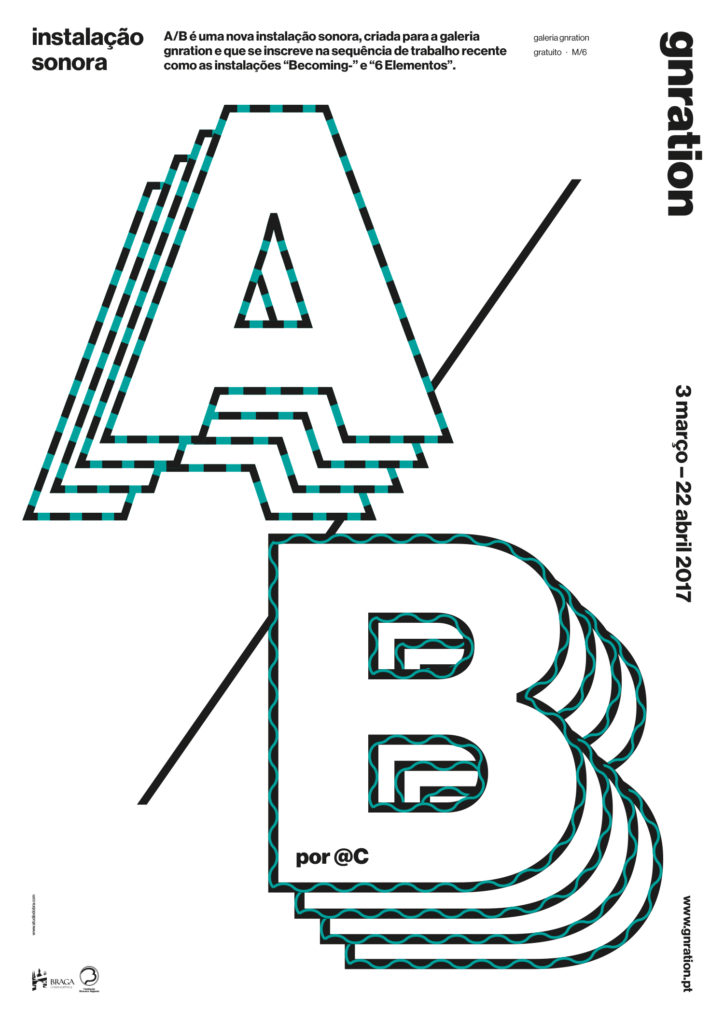
Vitor Joaquim, Porto’s celebrated laptop geomancer, tries to nail it all down with Geography, which sounds like a statement of intent. The opening title track confirms his intentions, as it arrives with sampled speech from some sort of space mission documentary. It’s as if Joaquim is pulling back to show us the planet in its entirety, before coming right back down to ground level.
The eight tracks on this release were inspired by Jared Diamond’s book “Guns, Germs and Steelâ€, which attempted to show how human history and culture has been shaped by environmental factors. I haven’t read the book, so I can’t comment on that, or indeed, how suitable this album is as a soundtrack. You’ll have to make your own minds up about that.
What I can comment on is the music, and it’s a satisfying set of electronic experimentalism, stitched together from countless live instrumental samples and served up with just the right amount of glitch and fizz. In that sense, it reminds me of the Jemh Circs LP, with a serious laptop face instead of a sugar-rush pop-music grin. But it’s a release that is equally worthy of your attention, I feel.








